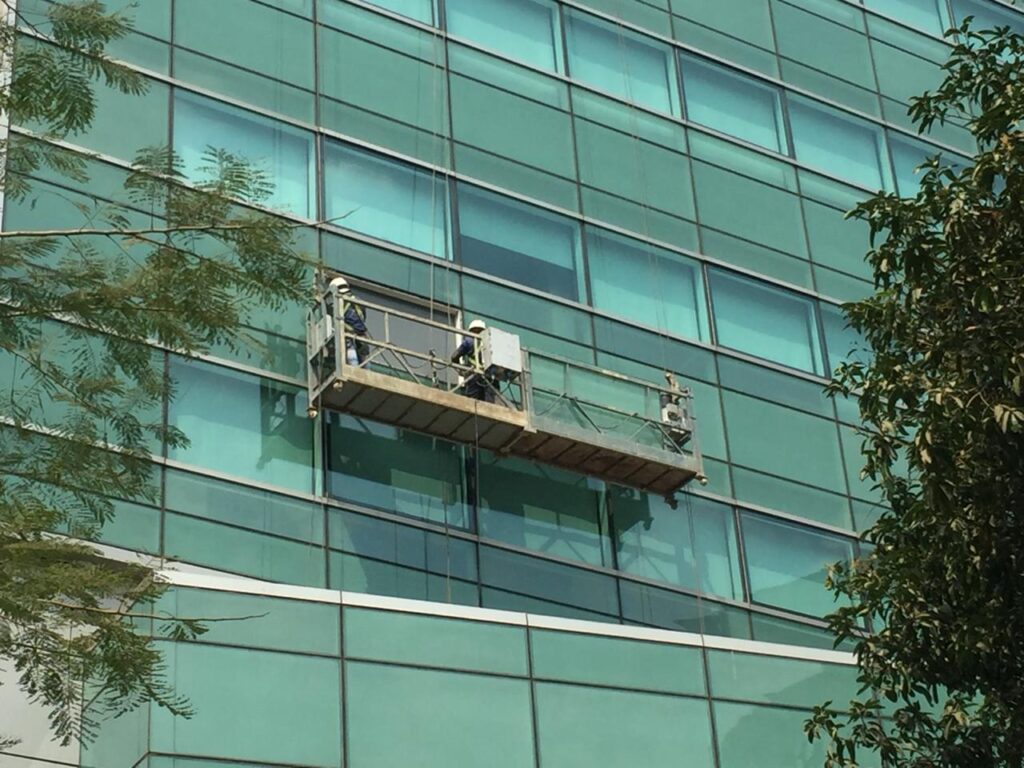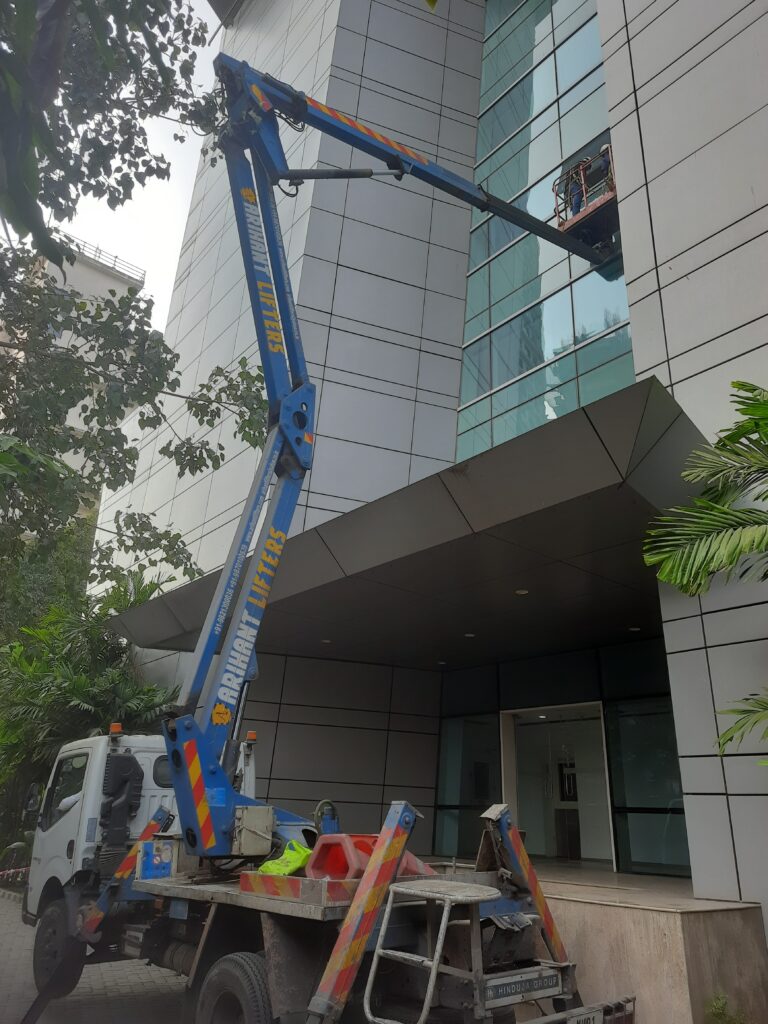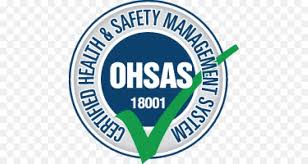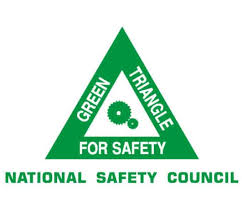
Facade maintenance is frequently a vital part of discussions among building
managers and maintenance teams, but what exactly is involved with a
façade inspection? The short answer is always changing and depends on the
unique needs of the building. The requirements for a façade inspection
depend upon several unique factors and the quality of the work performed.
Why? It all goes back to the need for continuously monitoring the building
façade and all that entails, including waterproofing, sealants, or even
repainting/refinishing of metals and other materials.
Ultimately, building façade restoration is an essential part of routine
commercial building maintenance, and it’s important to understand why
a checklist for facade work is critical to keeping tabs on everything.
Why a Building Facade Checklist Is Valuable
Proper maintenance of a building’s exterior enhances aesthetics and the
health of occupants, tenants, and passersby. A well-maintained façade can
extend the life of the building itself and ensures employees, visitors, and the
general public stay safe in and around the structure by avoiding risk of
falling material or fall hazards. Regardless, the facade is complex and
requires an array of services to maintain the best appearance. A well-
rounded maintenance program includes window washing, crack repair in
concrete facade work, stonework inspection, facade cleaning, painting and
sealing of porous materials, and routine repair work conducted by
expert building facade contractors. The maintenance program can also
serve as a road map and show facility managers where to go and what to
look for as they go about the business of commercial building
maintenance and repair.
What the Checklist Tells Building Managers About Current Building Status
With a checklist in hand, building managers can better coordinate with the
inspection team and thoroughly examine all critical areas of the building’s
exterior. At some sites, a simple visual inspection might suffice, while other
sites might require team members to get close enough to physically touch
certain aspects of the facade structure. According to Facilities.net, “more
complicated facade inspections involve coordinating a traffic plan for
the temporary street closure, coordinating the mobilisation, setup,
and tear down of the swing-stage or articulating man lift, scheduling the
police detail, [and] pulling the street closure permits.”
By working with skilled and experienced experts, building managers can get a better idea of the current building status and whether it requires work. A detailed checklist for facade concerns ensures nothing is accidentally overlooked during planned building services and helps to incorporate additional needs when they become evident.
Safetech is a leading provider of facade maintenance and repair services in Mumbai.Thane and Navi Mumbai.




